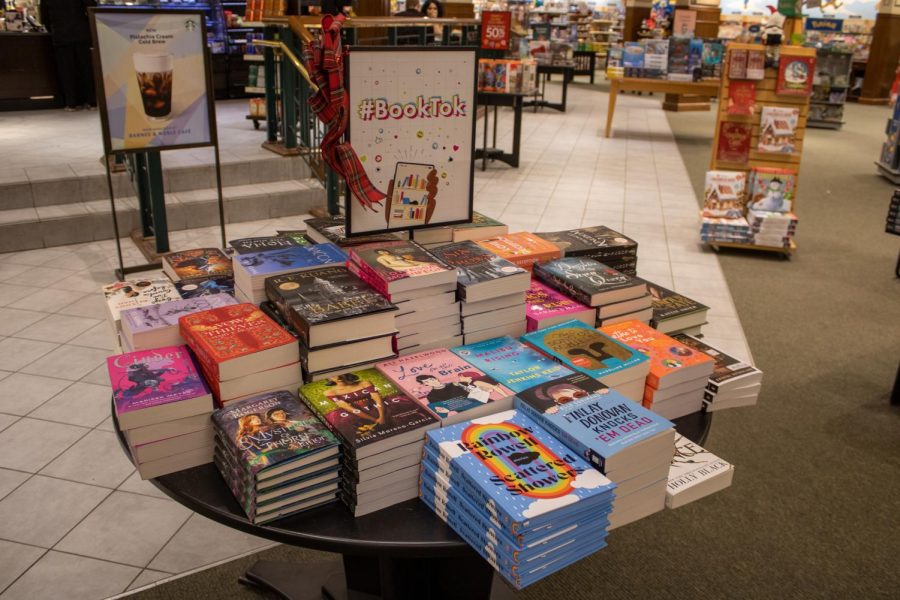University of Minnesota book club Books and Beyond is bearing witness to a modernization of book culture, as noted at its first meeting on Jan. 18.
“BookTok” refers to the hashtag influencers use on the video-sharing app TikTok to accompany videos promoting book reviews, memes or recommendations. Within the app, certain aesthetics romanticize the act of reading as an immersive and pleasing experience, according to University alumni Paul Eaton.
Eaton is a member of the College of Liberal Arts (CLA) Alumni Book Club, which connects grads around the country with literary discussions about assigned readings.
Eaton said he describes the increased aestheticization of book reading across social media as a transformative experience used as a cut-off from reality.
“It comes from a kind of romantic belief about what reading does to one and how you should be in a reading situation,” Eaton said. “I follow a lot of social media accounts that feature reading, and they have their little coffee, the perfect lighting and the comfy seats.”
Books and Beyond Co-President and third-year student Siobhan Crowley said since her elementary school years, she has noticed a shift in the way reading for fun is viewed.
Crowley said she also recognizes the importance of being critically engaged with the textual elements of books in the rise of BookTok.
“I think there are drawbacks to not being willing to criticize or investigate the materials with a strong perception and knowledge of media literacy,” Crowley said. “I think where we’re at right now, there is a pretty good perception of reading, and I am glad people are getting back into it.”
Colleen Hoover, a number one New York Times bestselling author of more than 23 novels, is often credited with creating the BookTok culture, according to the New York Times. Books and Beyond club treasurer and fourth-year student Meg Geller provided insight into the unpredictability within Hoover’s romance novels.
“The subject material is shock based, and it was very enjoyable for me personally to read,” Geller said. “I think this factor is what Colleen Hoover monopolizes on because people who aren’t big readers may not read a lot of books from other authors and won’t necessarily think that her writing is just okay in terms of the overall style.”
Trendy aesthetics converge with personal preferences
Within the realm of aesthetics, it is not just the experience that readers evaluate, it is also the physical appearance, as Eaton believes the cover matters a lot regardless of the saying that we “shouldn’t judge a book by its cover.”
CLA Alumni Book Club member William Herlofsky said the design and overall look of Vintage Penguin Books draw him in due to their interesting nature. In Japan, where he currently lives, he said he generally sees book covers with a more vivid and creative design style.
University English Professor Elaine Auyoung said in an email to the Minnesota Daily that she thinks publishers are chasing trends that “come and go.” One trend in particular she said she had noticed is the vintage aesthetics from the late 1900s appearing on book covers.
“I think cover art can also play a role in a reader’s desire to associate themselves with a certain vibe, although the vibe that you get while actually reading the book might be very different than the one evoked by the cover,” Auyoung said.
Auyoung said even if something is coined as trendy, people’s unique backgrounds and values still mean their reading preferences are personal.
Correction: A previous version of this article misstated William Herlofsky’s last name. His last name is Herlofsky.














